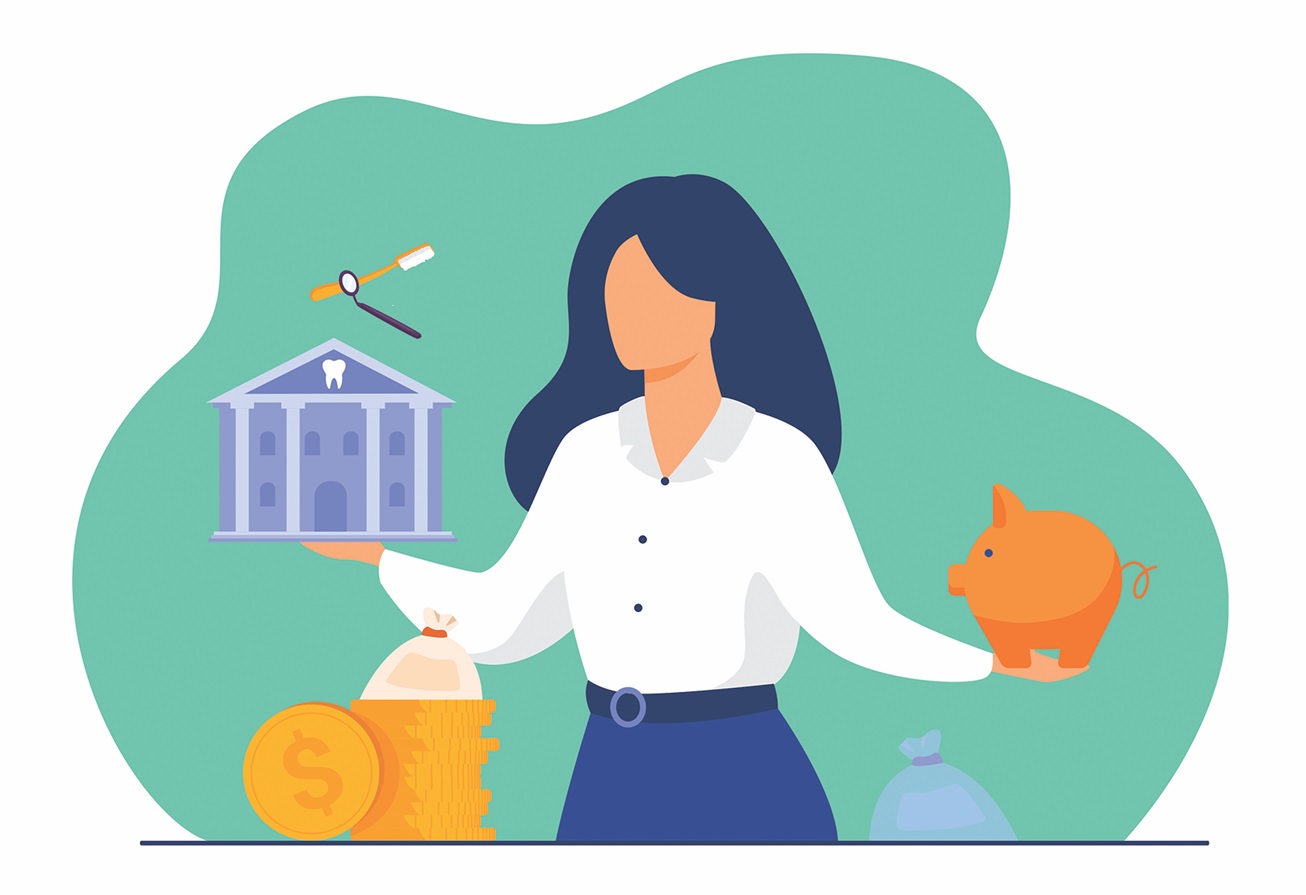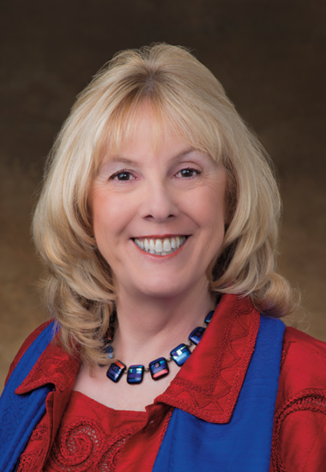Sometimes you can stew about something for a long time and never quite put your finger on the problem. That happened to me this weekend when I read an article by Ron Lieber about student loans and why they are so complicated.1 It made me wonder how paying for a dental education could have spiraled so completely out of control like a top that’s lost its momentum. It made me look at the world a generation ago and compare it with the world that new dentists graduate into now.
I remember chatting with a new dentist at a meeting more than 10 years ago. He told me his debt was over $250,000 and that he would be paying it off over 20 years. He was making payments of about $4,000 a month. That seemed like a mortgage payment to me, but after the loan was repaid, there would be no house, nothing tangible. Funds directed toward the repayment of student loans over 20-25 years divert money that could have (should have) been invested or saved for retirement. Where is that reverse mortgage for your dental education?
It made me think about my motivations to pursue a degree in dentistry all those years ago. A degree in dentistry would require an investment of my time and my efforts in exchange for a profession that helped me to help others. Also, it would provide more financial stability than many other careers I had considered. Though the training was difficult, it was well worth my investment.
Committing to a huge debt that would take decades to pay off was not part of the decision-making then. If I were considering it today, it would give me pause. Many of us were brought up to avoid going into debt on pain of death. Grants, scholarships, work/study and side jobs were how some of us made it through school. The indebtedness hurdle can turn away good applicants who haven’t sufficient assets or access to assets or who just do not have the support system or confidence to overcome that barrier.
According to reports, the tremendous debt burden of new dentists influences many life decisions they may weigh: where they choose to practice, what kind of practice to join, whether to specialize, enter into public health or academia. Student loan debt even influences decisions about whether or when to begin a family. Buying a practice or starting a practice from scratch may not be possible for a new dentist already laboring to repay student debts.
There is so much money tied up with educational loans, it should be a national embarrassment.
“Average educational debt for all indebted dental school graduates in the Class of 2021 was $301,583, with the average for public and private schools at $261,226 and $354,901, respectively.”2 There are 70 accredited dental schools in the United States.3
In 2021, 6,665 students graduated from dental schools in the U.S. An American Dental Education Association report states that a little over 17% of the graduating students reported no debt. That seems to indicate the class of 2021 owed a total of $1,668 million or $1.7 billion. Does anyone else think something is wrong here?
New dentists in the ‘80s were beneficiaries of government programs that gave financial support to dental schools. We were seeking higher education in a time when there was a “general good” social contract. The idea was that those who improved themselves through higher education would eventually more than make up for the subsidies the country had provided for that education.
It was expected that we would provide increased services and pay higher taxes based on our higher incomes. We were encouraged and supported monetarily so that when we became contributing members of society, we would be part of the improvement of conditions for everyone. Later, these government subsidies were phased out as the burden of the cost of the education was shifted to the education consumer, the student.
In the 1980s and ‘90s, we started operating under a new set of questions: What is the cost of a dental education? What is the monetary return on the cost of one’s education? Who (or what entity) should be paying the cost of that education? How much can the consumer student invest based on the return on investment model?
In order to help students finance their education, loans were designed to allow parents to take on more debt. These PLUS loans have become predatory in the sense that the amount borrowed is not aligned with the family’s income and ability to repay.4 Not only were new graduates mired in debt, but families could be ensnared into unrepayable debts to help defray the debt burden on the student. The ROI was the rationale for indebtedness.
The idea of “return on investment” has become the measuring stick and deciding metric for life choices and educational investment. So where did this ROI metric come from?
Frank Donaldson Brown was a brilliant electrical engineer who became an executive at DuPont and General Motors. He was the originator of the DuPont model of analysis. That model has become known as ROI analysis today. It was used to evaluate products, decide on new product investment and set the price for car models. It is now used in many environments as a basis for decisions. In dentistry, it is not only used when pitching the purchase of expensive equipment to dentists —“Your ROI on this $150,000 piece of equipment is less than 15 months. You would be foolish not to finance the purchase” — but also as the basis for life decisions, like going to dental school.
In 2022, eight pieces of legislation that target dental school debt were being considered in Congress. All except one had to do with calculating or accumulating interest. Dental education cost reform is not addressed.
It made me think of my favorite quote from Thomas Pynchon, the author of “Gravity’s Rainbow”: “If they can get you asking the wrong questions, they don’t have to worry about answers.”
It feels like we keep asking the wrong questions when it comes to student debt. Instead of asking how can we make borrowing easier? How can we make huge debts repayable over a lifetime? How can we provide more money in the form of loans to students and their families?
Why aren’t we asking:
• How can we reduce the cost of education for the dental student?
• How can we remove the financial restrictions on where and how new dentists practice?
• How can we shift more financial support to the schools that provide dental education and thereby shift the education costs off the backs of students?
• How can we provide more service commitment opportunities to allow all students who want to defray the cost of their education the chance to contract for their post-graduate service within areas or populations in need?
• How can we remove the specter of decades of debt that discourages underrepresented categories of dental school applicants?
• How do we keep from ensnaring the parents of students into committing to impossible-to-repay debt burdens?
• Are we misappropriating Donaldson Brown’s ROI metric?
• Exactly what is being invested, and what are the returns?
Student debt is a complicated issue, but surely it deserves our utmost effort to ask the right questions.
REFERENCES
- Lieber R. Why aren’t student loans simple? Because this is America. The New York Times. September 3, 2022. Accessed January 24, 2023. https://www.nytimes.com/2022/09/03/your-money/student-loans-personal-finance.html
- Educational debt. American Dental Education Association. Accessed January 24, 2023. https://www.adea.org/godental/money_matters/educational_debt.aspx
- Hanson M. Average dental school debt. EducationData.org. October 11, 2021. Accessed January 24, 2023. https://educationdata.org/average-dental-school-debt
- Lieber R. The subprime loans for college hiding in plain sight. The New York Times. September 17, 2022. Accessed January 24, 2023. https://www.nytimes.com/2022/09/17/your-money/parent-plus-loans.html
This editorial first appeared in the CDA Journal. It is reprinted with permission from the California Dental Association, copyright December 2022. Dr. Carney is the editor of the CDA Journal.

